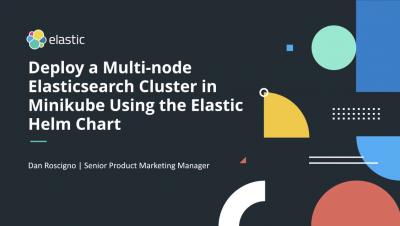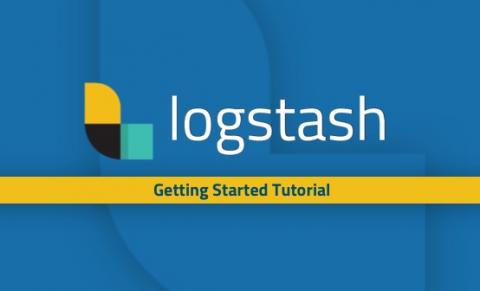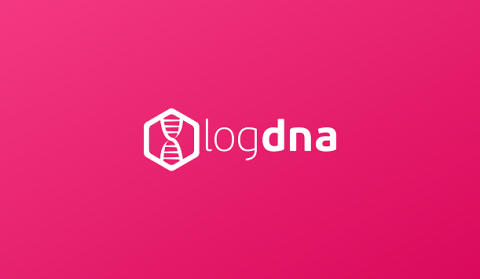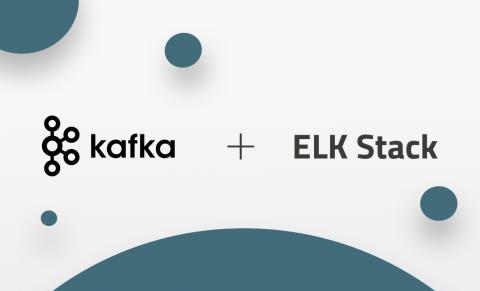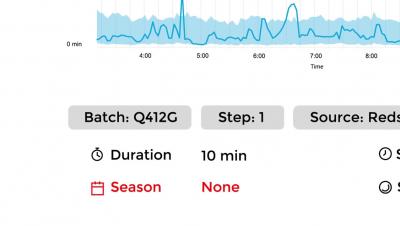Operations | Monitoring | ITSM | DevOps | Cloud
Analytics
Logstash Tutorial: How to Get Started
Logstash is the “L” in the ELK Stack — the world’s most popular log analysis platform and is responsible for aggregating data from different sources, processing it, and sending it down the pipeline, usually to be directly indexed in Elasticsearch. Logstash can pull from almost any data source using input plugins, apply a wide variety of data transformations and enhancements using filter plugins, and ship the data to a large number of destinations using output plugins.
The Expert's Guide to Searching in LogDNA
Searching in LogDNA is designed to be as intuitive and straightforward as possible. Just type in your search terms, and LogDNA will return your results almost instantaneously. For cases where you need to perform a more advanced search, or where you need greater control over your search results, LogDNA provides a number of features that can help you find exactly what you’re looking for.
Deploying Kafka with the ELK Stack
Logs are unpredictable. Following a production incident, and precisely when you need them the most, logs can suddenly surge and overwhelm your logging infrastructure. To protect Logstash and Elasticsearch against such data bursts, users deploy buffering mechanisms to act as message brokers. Apache Kafka is the most common broker solution deployed together the ELK Stack.
Clearing the Air: What Is Cloud Native?
If you have had any exposure to cloud computing or app development in recent years, you likely have heard the term “cloud native” thrown around. But you might be wondering what exactly that term means, and how it differs from concepts such as “cloud ready” or “cloud enabled.” As a cloud-native service provider, Sumo Logic understands the architecture underpinning this development model. Let’s take a closer look at the cloud-native concept and what it means.
Announcing $52 Million Series D Funding to Unleash the Value of Machine Data and Open-Source
Today I have the immense privilege of sharing the exciting news that we have raised $52M in series D funding led by General Catalyst. I am thrilled that all of our existing investors share our vision and chose to invest further in the company.
Anodot Demo: eCommerce
Anodot Demo: ITOps and Data Quality
Glitch List: May 2019
Many data-driven companies struggle with tracking anomalous behavior in their KPIs, let alone their more granular metrics, because traditional BI tools just can’t keep pace with big data. Manual processes, whether monitoring dashboards or setting static thresholds, often leads to missed incidents or prolongs time to resolution.
Low Latency vs. High Quality: Choosing Data Scheduling That's Right For You
Getting the right metrics at the right time could be the difference between running a smooth operation and making costly mistakes. And yet, data delays are still very much a part of data analysis today.


